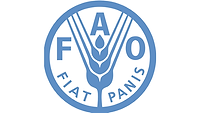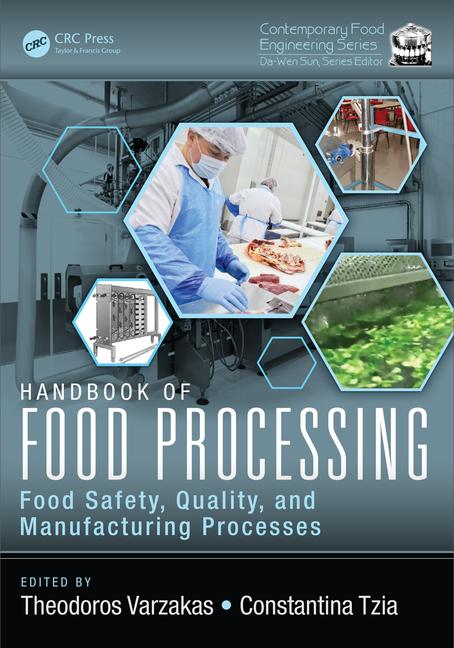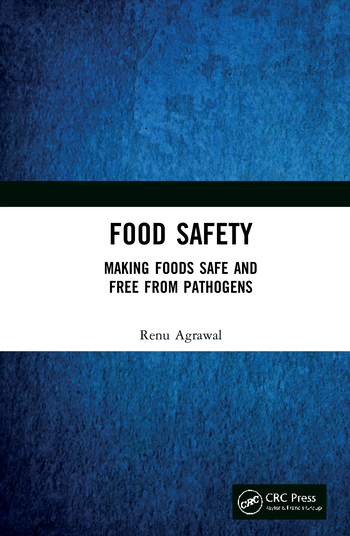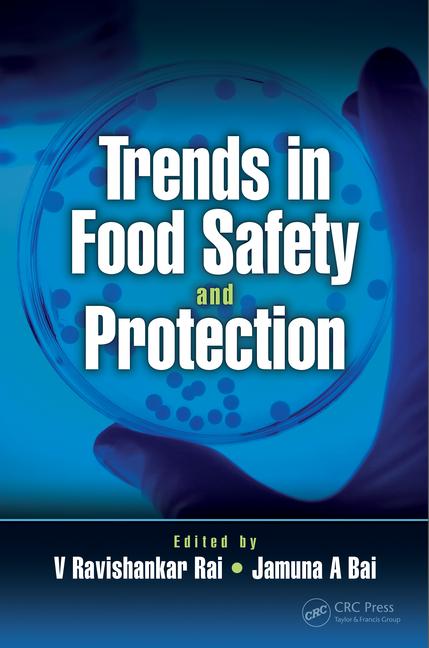FAO Reports on Future of New Food Sources and Production Systems

Image credit: bedneyimages via Freepik
The Food and Agriculture Organization of the United Nations (FAO) Food Safety Foresight Program recently conducted a multi-phase foresight exercise to explore potential food safety implications related to the growing new food sources and production systems (NFPS) space.
In a report on its findings, FAO notes that agrifood systems are undergoing significant changes, in part due to new technological advances and scientific discoveries, as well as a recognized need to shift toward sustainability and resilience. New food sources and production systems are emerging worldwide in response to these changes, potentially altering the future food landscape in the next five to 25 years.
Through expert consultations and a structured methodology combining a two-part Delphi survey and mind mapping, FAO’s exercise identified 44 emerging innovations across nine clusters expected to develop within the next 25 years.
The nine clusters are: the valorization of agrifood by-products and waste/circular economy; new production technologies; new food sources and food ingredients; digitalization and data-based technologies; food safety/quality control; genetic engineering, gene editing, and synthetic biology; personalized nutrition/nutraceuticals/food as medicine; food packaging; and further emerging trends.
The exercise revealed both opportunities and challenges associated with these innovations, highlighting the need for proactive preparation by food safety authorities and stakeholders to ensure the safe development and implementation of the innovations while protecting public health. Several steps were identified as necessary to achieve this objective: improving communication about NFPS safety implications, fostering technical advancement for safety assurance, developing tailored safety assessments, encouraging collaboration between regulators and industry, and harmonizing regulatory requirements while maintaining safety standards.
FAO’s key conclusions and its views of the way forward include:
- Continuous monitoring and assessment of new and emerging issues related to NFPS will be necessary to keep pace with the speed of industry advancements. To that end, several areas identified in the foresight exercise have already been earmarked for future work by FAO with a number of publications in the pipeline (i.e., food safety in personalized nutrition with a focus on food supplements and functional foods, the terminology around precision fermentation, and the food safety implications of the use of wastewater in the agrifood sector).
- Moving forward, more detailed analyses on the food safety aspects of selected innovations could be carried out, for example, through technical briefs. More comprehensive reviews of the nutritional considerations could also be undertaken, some aspects of which are currently underway. Furthermore, concrete, step-by-step roadmaps could be co-designed with experts to indicate the precise roles of national governments, food safety authorities, producers, consumers, and all other stakeholders across the agrifood system, both locally and globally, to showcase the timeline of milestones required to successfully integrate the identified innovations in a safe and effective manner.
- More analysis is required to explore the food safety consideration of the full range of emerging NFPS likely to significantly advance in the long-term given changing consumption patterns, extreme weather events, increasing resource scarcity, and recent disruption from generative artificial intelligence (AI) and geopolitical instability. In light of these challenges, stakeholders across the agrifood sector are working to build the resilience of agrifood systems, recognizing the urgent need for innovative solutions.
The entire FAO report on Exploring the Future Landscape of New Food Sources and Production Systems can be found here.
Looking for a reprint of this article?
From high-res PDFs to custom plaques, order your copy today!









